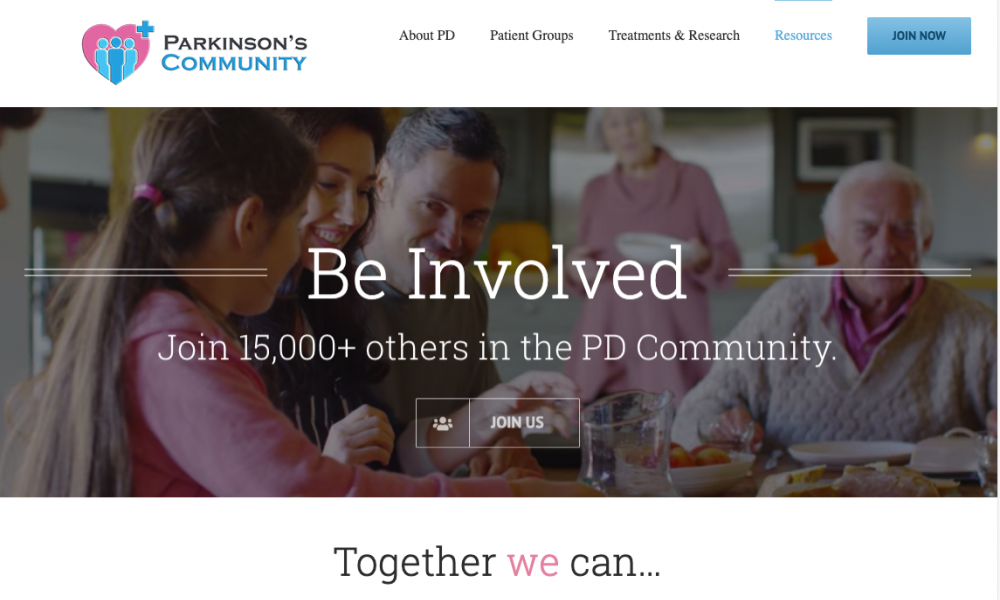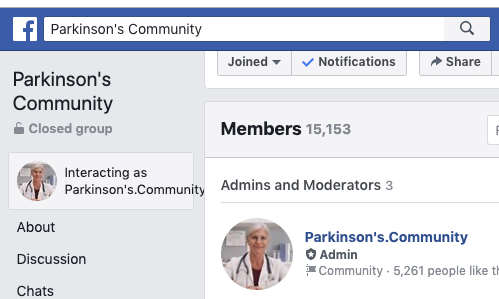Of 100,000 People
Broadcasting to this audience for rare treatments can be very inefficient. For many PD related therapies only 20 of 10,000 people will be appropriate candidates when advertising through traditional media like television. When Research Catalyst broadcasts through Social Media, 3,500 of the 10,000 are likely appropriate candidates. When candidates are chosen from the the database 8,500 of 10,000 are appropriate.
Choose to drive down overall marketing costs, increase the number of impressions the target audience receives, and increase the quality of communication with PD patients and their loved ones that are experiencing Parkinson’s Disease related symptoms.
Search Based
GoogleSearch Based Advertising
This method requires the patient to come to you by searching for a keyword. This is useful but very limiting.
Profile Based
FacebookSocial Media
Targets profiles, not keywords. You go to the patients to deliver the message opposed to waiting for them to ask the question.
47,600,000 Facebook users over the age of 55 in the US as of January 2018
Approximately 92,800,000 people in the US are over the age of 55
FOCUSING RESOURCES FOR MAXIMUM EFFECT WITH SOCIAL MEDIA DELIVERY
Video Delivery Methods |
Audience Size (Delivery Cost) |
Target Audience |
Efficiency |
|---|---|---|---|
TV Audience US |
323,100,000 |
50,000 |
0.02% |
Social Media US PD Audience +55 |
730,000 |
25,560 |
3.5% |
Focused Treatment Education for Highly Suitable Candidates
Cohort Phenotyping
Research Catalyst works with clients to determine the appropriate attributes of high-quality candidate for the sponsored treatment. This is very similar to the inclusion/ exclusion criteria that we work with every day in clinical trials. Advocacy resources, mailers, email communication, and online advertising can be delivered to this audience. Below is an example of an advanced Parkinson’s cohort experiencing akinesia.
Communication Capabilities
Candidate Experience Cycle
Identify, Educate and Facilitate Appropriate Patients
Advocacy Works
Parkinson’s Community Advocates historically reach 72% of high-quality candidates by phone within 30 days and over 50% of them immediately request to discuss the sponsored treatment with a nurse or other patient.

Research Catalyst’s Parkinson’s Community Advocates educate qualifying candidates broadly and about the sponsored treatment. In addition, they support the scheduling process with the candidates neurologist to determine suitability.
Experience building compliant and effective online tools.
Educate patients online about treatment options and disease state awareness through compliant targeted social campaigns, patient support groups, and interactive educational materials.

40K Webpage Views Monthly
The Parkinson’s Community website collect information from PD patient’s and based on their answers, provides customized education about treatments and research opportunities.

15K Group Members
The largest closed Support Group for PD on Facebook allows patients to actively support one another in this online forum only for PD patients and their loved ones.
800K Monthly Impressions
Delivering Disease State Awareness & Branded Education to the right people at the right time.



